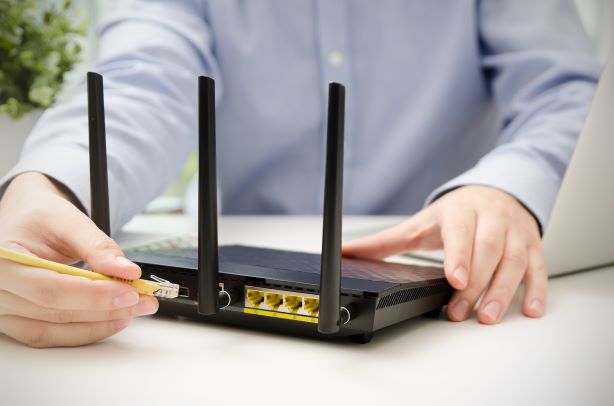Understand the Difference
When I first started writing about this subject a few years ago, the technology was high definition 1080P. Now we are dealing with ultra-high definition 4K. Some manufacturers are now advertising 8K TV’s… and people still talk about connecting their TV’s via Wi-Fi. Why spend a lot of money on a 4K TV to get a 1080P signal? Don’t get me wrong, 1080P is still a very good image on an LED TV but we need to move on.
The catchphrase in today’s world is still wireless. Most consumers get caught up in the word, but do not understand the technology and its limitations. Just because a device has wireless capabilities does not mean that is the best connection for it. Those same devices often have the option for a wired connection as well.
Electrical contractors have the ability from day one of a pre-wire to cable to every TV location, but for some reason they seem to know better. At home we connect with our smartphones or tablets to the internet via Wi-Fi, so they think everything we do these days works on Wi-Fi. Wrong! The reason why smartphones and tablets connect via Wi-Fi to your broadband network is because this is how they were designed. Have you noticed why they generally don’t have an ethernet connection? That should be the giveaway. They were always designed as a portable device that we can take anywhere and connect via a Wi-Fi or Cellular network as required.
We need to understand what internet speeds will be required for our Lightbox and Netflix accounts. To stream 4k content we need a fast broadband connection. The providers strongly recommend that you have access to an internet streaming/download speed of about 25mbps.
It may be possible that a slightly lower speed could still work, but you may experience buffering or stalling issues. Netflix for example will automatically “down-rez” your streaming signal to 1080p, or lower resolution, in response to your available internet speed (which also means you won’t get that improved picture quality).
Even if your TV provides Wi-Fi, it can be unstable, resulting in buffering or stalling, which definitely ruins the movie viewing experience. However, if you are currently using Wi-Fi and haven’t had a problem, you may still be OK. Just remember, 4K video contains a lot more data, so even minor interference can cause problems. If you encounter problems using Wi-Fi, a fixed Ethernet would be the best option.
For the un-initiated, every device connected to the Wi-Fi network in that home shares the bandwidth of that wireless connection. Have you ever wondered why your connection speed is so slow sometimes? If we have a family of four, each using their smartphone or tablet at the same time while each watching their smart TV then we have eight devices all sharing that bandwidth. Now if each smart TV was connected via a cat6 cable directly to the broadband network then we would have four TV’s sharing the total bandwidth of your network. That would be four devices off the Wi-Fi network which would allow those wireless devices to work a lot faster as well.
In summary
Please remember that technology is out there for all of us to enjoy. Our Internet Service Providers are offering up to gigabit connections depending on where in NZ you live. Download speeds of 200-500mbps are common now days. Consumers need to be able to take advantage of these faster connections. Don’t limit this by making them go wireless at the last point of the connection. We have a fixed connection broadband service available now that is fast, reliable and works every time. Use it!

